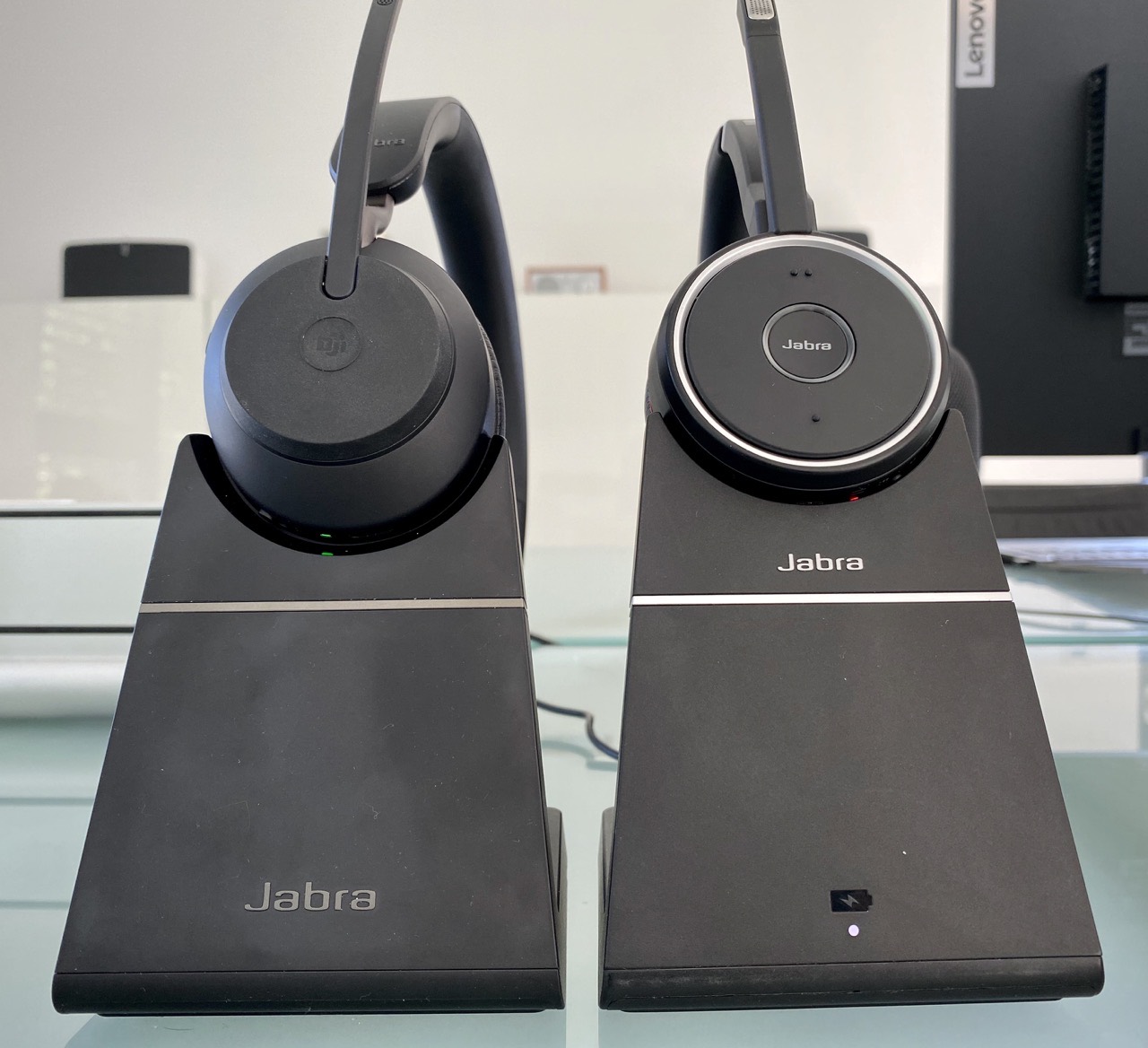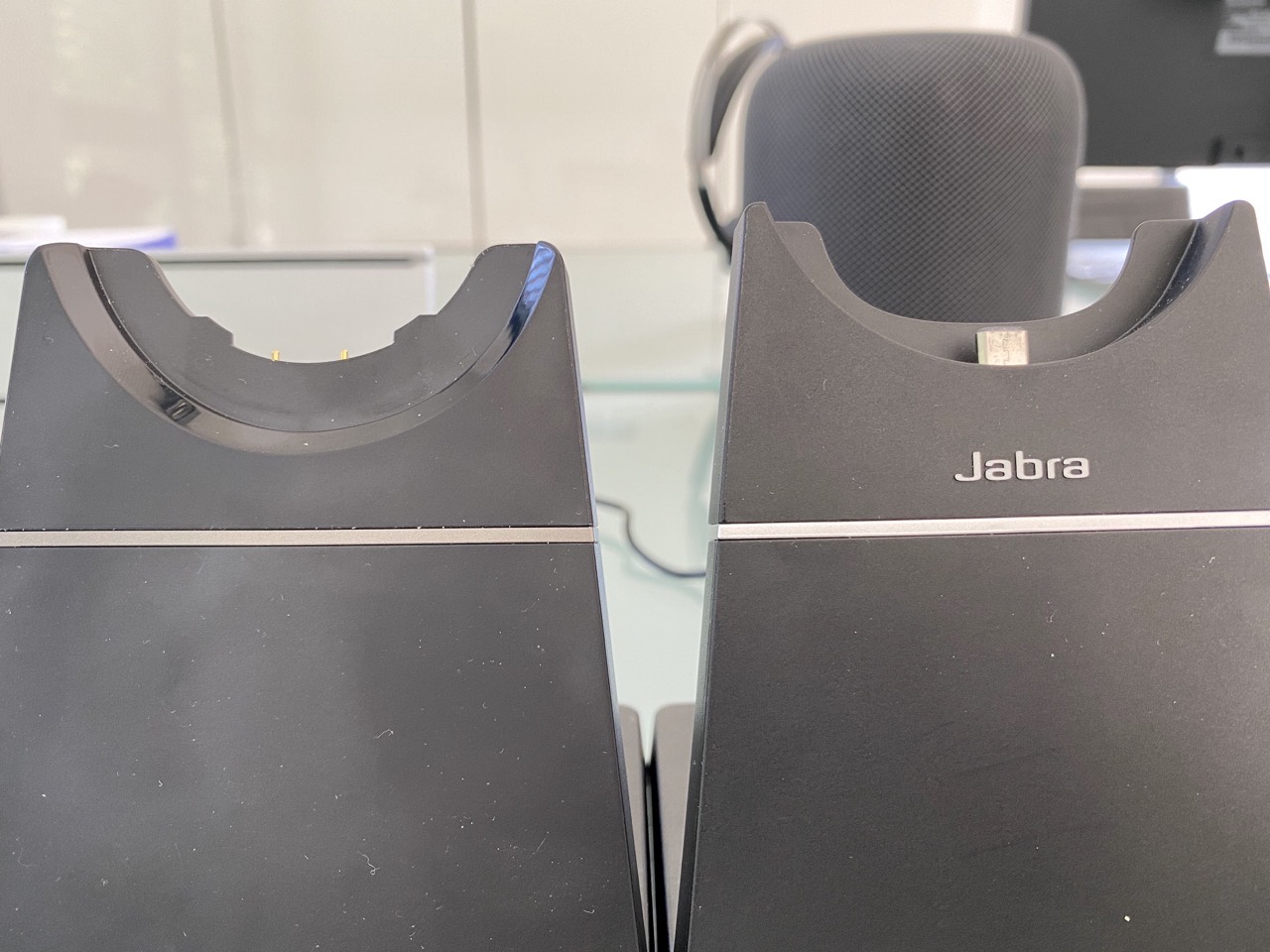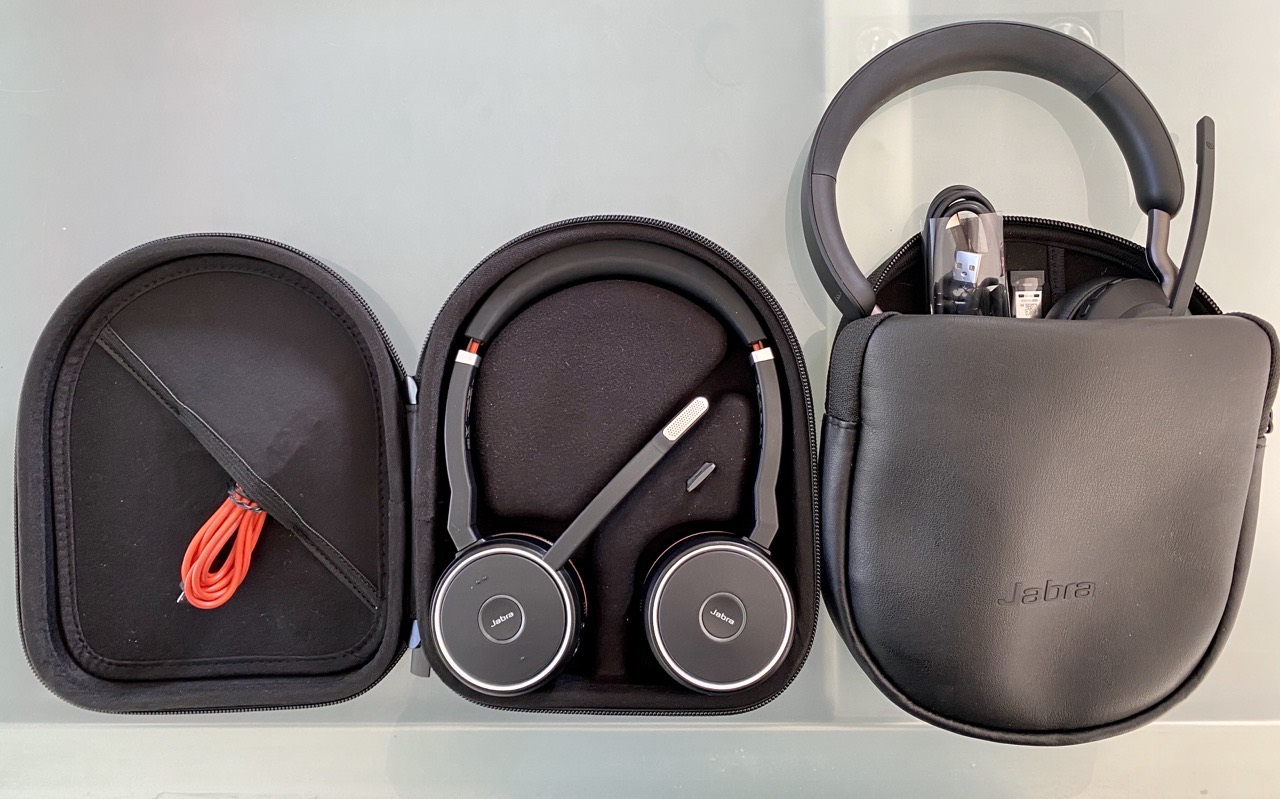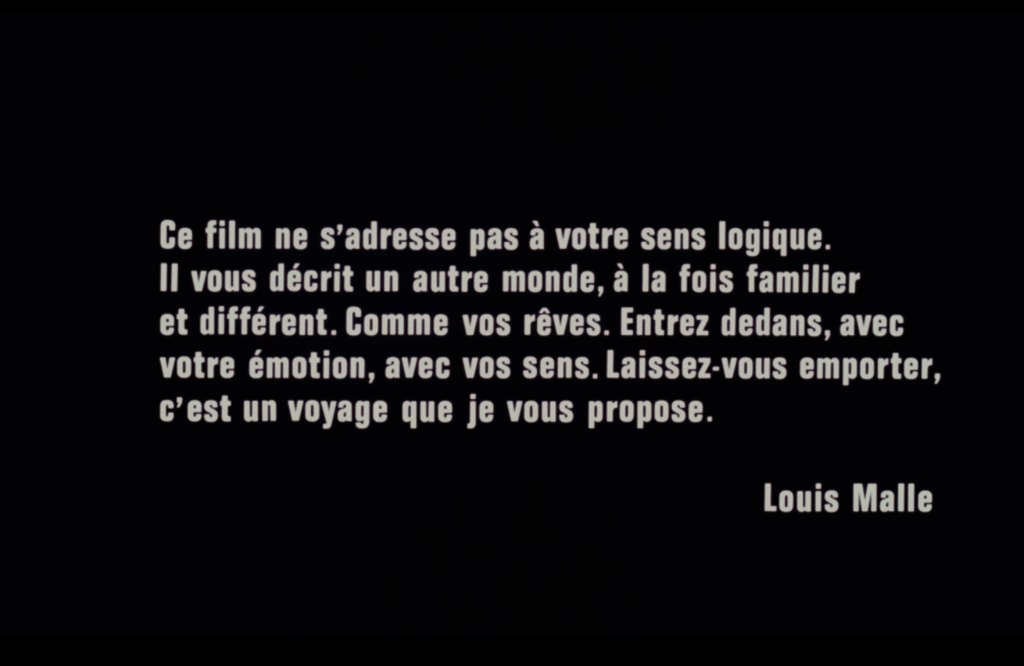What do you do when a contract is canceled, or a service can’t be performed, and yet contractual obligations still remain?
One thing the COVID-19 pandemic did was wake business owners up to the need to protect themselves from the impact of broken contracts.
When the state law tells you to do one thing, but your legally binding contract calls for another, what do you do?
With reasonable steps, like a force majeure clause, the terms of the contract are adjusted for forces beyond the control of either party.
While it may be too late to change prior contracts, it’s a lesson learned the hard way for many. Clauses like force majeure can protect you from the fallout of future extraordinary events beyond your control.
A force majeure provision is a simple clause with an important job: to protect your contract business. Don’t write another contract without learning how to add a force majeure clause to the document.
A few minutes spent creating this format can protect you during an unforeseen event later. With professional software, you can insert the clause seamlessly into your existing contract templates to use going forward.
It doesn’t require a law degree, either — we’ve got everything you need to know to add a force majeure clause to your contract right here!
1. Force Majeure Clause Definition — What Do They Really Do?
In a force majeure clause, there’s a contractual provision agreed upon by both parties. This section allows one or both of the parties to excuse their performance obligations in the event that circumstances arise which are beyond the parties’ control. For instance, natural disasters or government-mandated lockdowns are sometimes considered beyond the control of the parties.
Force Majeure: a provision commonly found in contracts that frees both parties from obligation if an extraordinary event prevent one or both parties from performing. These events must be unforeseeable and unavoidable, and not the result of the defendant’s actions, hence they are considered “an act of god”. – Cornell Law School
These circumstances, therefore, make it impossible or impractical for the contract to be carried out.
Without being enumerated ahead of time, it’s easy for either party to dispute exactly what this definition encompasses.
Most contracts specify in detail what “beyond control” covers, such as:
- natural events that are covered under an “act of God” provision, usually including weather phenomena like hurricanes, fires, and floods, but also extending to natural forces causing explosions.
- the effects of war on either party, acts of terrorism with consequences to either party, and governmentally declared epidemics or pandemics.
- decisions made by the government that impact the contract through changes in laws or regulations.
Other events frequently invoked in these clauses include labor strikes or disputes resulting in effects out of the party’s control and pre-specified accidents. With so many potential events that could be declared “accidental,” it’s important to specify thoroughly what you want the clause to cover.
The reason for a force majeure clause is to benefit both sides, so it’s advantageous to agree to its inclusion. The intent is to limit damages for all parties involved when circumstances arise outside of either party’s ability to control.
A tenacious law firm can analyze the wording of each section thoroughly for any loopholes. A force majeure clause needs to be written for as narrow an interpretation as possible, with as many sections as necessary to encompass all matters.
2. Your State May Have Specific Requirements

The force majeure clause typically is invoked through close interpretation, not a general understanding. It’s a legal premise that gives a party plenty of loopholes to prevent the clause being invoked. A catch-all wording won’t hold up to careful scrutiny.
Beyond the careful wording of the clause, some states go even further and require the inclusion of specific terminology. While you can write your own contract, it’s best to run it by a lawyer that practices in your state to verify you’ve covered all the bases.
For instance, California allows a wider view of the idea “act of God,” including testing the circumstances involved to see if something outside of the party’s control occurred.
If this initial factor was unable to be prevented by due diligence and basic steps by the person in the contract, they could invoke the force majeure clause. However, this only occurs if there is what is considered an extreme or unreasonable expense, injury, loss, or difficulty that arose from the circumstance.
New York takes the force majeure idea of an act of God a step further. If one of these events listed, such as an earthquake, does occur, the clause can be nulled if it had been predicted. Even in an unforeseeable event, the party who wishes to apply the clause must have attempted to fulfill the listed duties.
Certain states have strict requirements that must be met before a force majeure can be invoked. Others are lax about the wording unless it is specified clearly. The success of your contract’s force majeure might depend on the careful placement of one word.
Related: How to Inform Your Clients of a Price Increase
3. What to Know If You’re Invoking Your Force Majeure Clause
Saying that you want to invoke the force majeure clause in your contract isn’t enough to enforce it. There are a lot of details that need to be attended to before the clause becomes official. If you are uncareful with your documentation, important pieces may fall through the cracks.
Some factors fall under the realm of basic common courtesy with legal guidelines. Timely notice is still required. You can’t cancel a wedding contract at the last minute and expect to not have financial consequences.
Failure to provide timely notice of a breach in the contract can be a legal waiver of rights. The more time you have given the counterparty notice, the better chance you might have at obtaining relief from your obligations.
Other steps must be proven before the force majeure can be invoked, such as:
- an attempt to communicate and come up with a compromise between all parties before invoking.
- proper wording for the invocation, for which you should seek legal advice to ensure you’ve got everything covered to back up your claim.
- checking the clause for your payment obligations, since some force majeure clauses exclude using it to get financial relief.
- proof of permanency if you’re trying to show that the time frame in which the contract could be extended isn’t reasonable.
To be safe, you should always require documentation of any change, no matter how minor, as you work with a client. All communication should be agreed upon in writing, so both parties have the required proof should invoking a force majeure be necessary.
4. Adding the Clause to Your Contracts
In the force majeure clause, various terminology can be used. These terms are specifically denoted to suspend all or only a subset of all the obligations.
While you can write your own, when it comes to legal terminology, it can be a better choice to stick with tried and true clauses.
Sample Force Majeure Clauses
Each business has its own unique elements that have to be addressed. Take your own needs and see how or if any of these clauses can cover the goal you’re trying to meet with your force majeure clause:
-
Acts of God and equipment failure: In the event either party is unable to perform its obligations under the terms of this Agreement because of acts of God, strikes, equipment or transmission failure or damage reasonably beyond its control, or other causes reasonably beyond its control, such party shall not be liable for damages to the other for any damages resulting from such failure to perform or otherwise from such causes. (Law Insider, Force Majeure Sample Clauses)
-
Acts of God and extended complications: Notwithstanding anything to the contrary contained herein, neither party shall be liable for any delays or failures in performance resulting from acts beyond its reasonable control including, without limitation, Acts of God, acts of war or terrorism, shortage of supply, breakdowns or malfunctions, interruptions or malfunction of computer facilities, or loss of data due to power failures or mechanical difficulties with information storage or retrieval systems, labor difficulties or civil unrest. Notwithstanding the foregoing, in the event of such an occurrence, each party agrees to make a good faith effort to perform its obligations hereunder. (Law Insider, Force Majeure Sample Clauses)
-
In-depth coverage: Each Party shall be excused from liability for the failure or delay in performance of any obligation under this Agreement by reason of any event beyond such Party’s reasonable control including but not limited to Acts of God, fire, flood, explosion, earthquake, or other natural forces, war, civil unrest, accident, any strike or labor disturbance, or any other event similar to those enumerated above. Such excuse from liability shall be effective only to the extent and duration of the event(s) causing the failure or delay in performance and provided that the Party has not caused such event(s) to occur and continues to use diligent, good faith efforts to avoid the effects of such event and to perform the obligation. Notice of a Party’s failure or delay in performance due to force majeure must be given to the unaffected Party promptly thereafter but no later than five (5) days after its occurrence which notice shall describe the force majeure event and the actions taken to minimize the impact thereof. All delivery dates under this Agreement that have been affected by force majeure shall be tolled for the duration of such force majeure. In no event shall any Party be required to prevent or settle any labor disturbance or dispute. Notwithstanding the foregoing, should the event(s) of force majeure suffered by a Party extend beyond a four-month period, the other Party may then terminate this Agreement by written notice to the non-performing Party, with the consequences of such termination as if this Agreement had expired (and was not terminated) in accordance with Section 10.6. (Law Insider, Force Majeure Sample Clauses).
Should you need something more tailored to your own business, such as real estate, speak to your civil law lawyer to ensure you’ve covered the specific criteria you want included. The extra expense beforehand can help you prevent costly mishaps if you ever need to use or defend your force majeure clause.
Related: How to Write an Invoice When Your Client is Struggling Financially
5. Make Sure You Have a Digital Trail with a CRM
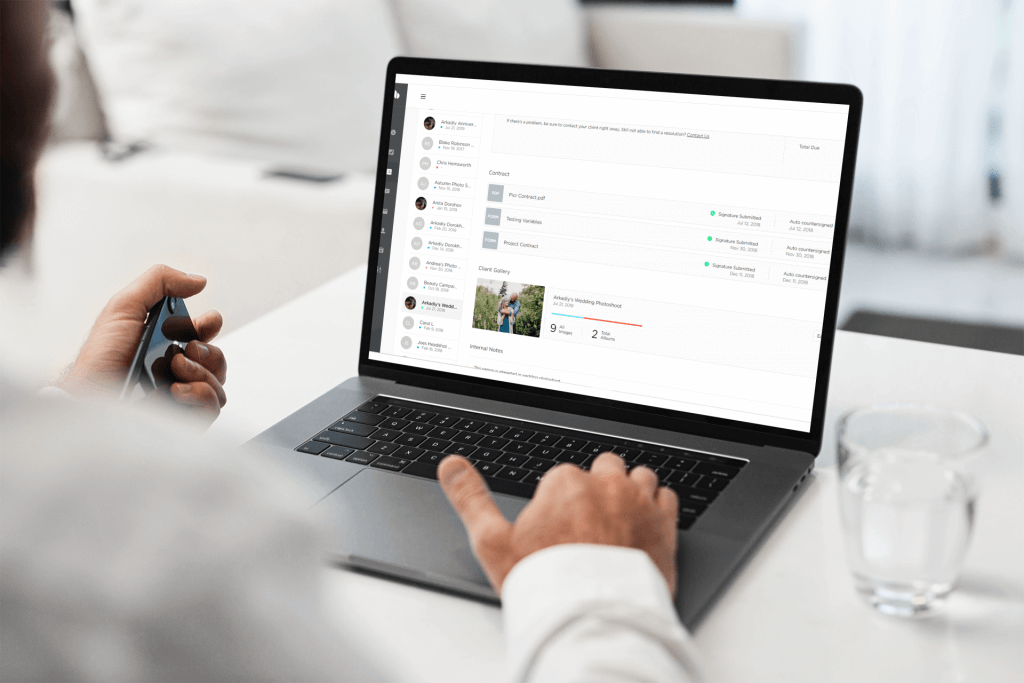
When it comes to covering your bases, you want to be as safe as possible.
One missing piece could be all it takes to switch the force majeure clause to benefit the other party instead of you.
No one expects to have to actually invoke the fine print when they create and sign a contract. Many people don’t even read the contracts they sign. That’s why it has to be a standard operating procedure for you to be as thorough as possible in your interactions with clients.
As a rule, use your CRM to record all communication with your client. Try to keep the communication as documented as possible via email or other digital contacts through your system.
Another professional trick is to keep yourself organized by creating a file in your CRM for that particular contract. Then store all relevant documentation in one easy-to-access place.
Your CRM needs to have the capability of handling all current digital trails and of growing with your business, too.
Use an all-in-one CRM like Bloom that’s easy to integrate with your current methods.
With the touch of a button, you can do things like:
- Create forms, questionnaires, and contracts from pre-formatted templates
- Use your phone to communicate with clients, check and adjust your calendar, and take and record financial transactions
- Streamline workflows within your business
- Automate invoices and emails
- Follow up with leads
- Sign, share, and store contracts
With everything you need for your business in one software solution, investing in Bloom saves you time transitioning between files.
It’s also a smart financial strategy. You can pay for your website, track leads, and complete all your business tasks in one package. And with the different programs available, Bloom lets you start small and grow your package ingredients as your business … well … “blooms!”
With 24/7 tech support and step-by-step setup instructions, everyone can use Bloom. Download it today for free and see how your business can become even more successful when you pair your processes with Bloom.
Conclusion
If you are in a current situation where either you or the counterparty did not fulfill part or all of the contract, and it did not have a force majeure clause, it’s possible that your state has common law concepts that will excuse nonperformance. Ask a lawyer about “impossibility”, “impracticability”, or “frustration of purpose” as potential avenues to explore.
Going forward, consider including a force majeure clause in your contracts, as well as Safe Working Environment and Failure to Perform Services clauses. They won’t cover every contingency and can be limited to specific events, but are worth exploring with your attorney or other legal professional.
Manage your customer communication from one hub: try Bloom for 14 days for free!
The post How to Write a Force Majeure Clause: Protect Your Contract Business appeared first on Bloom.
 After unprecedented lockdowns and restrictions to flatten the curve of Covid-19 infection, business and government leaders are wrestling with the question of when and how to ease them. Various approaches are being tried, and there are wide differences of opinion. Much of the broader debate is polarized, as if only two conditions exist — “closed” or “open.” The stakes couldn’t be higher. If there were ever a time for rational decision making, it is now. Leaders should apply three principles to what may be the most consequential decision of their careers.
After unprecedented lockdowns and restrictions to flatten the curve of Covid-19 infection, business and government leaders are wrestling with the question of when and how to ease them. Various approaches are being tried, and there are wide differences of opinion. Much of the broader debate is polarized, as if only two conditions exist — “closed” or “open.” The stakes couldn’t be higher. If there were ever a time for rational decision making, it is now. Leaders should apply three principles to what may be the most consequential decision of their careers.

